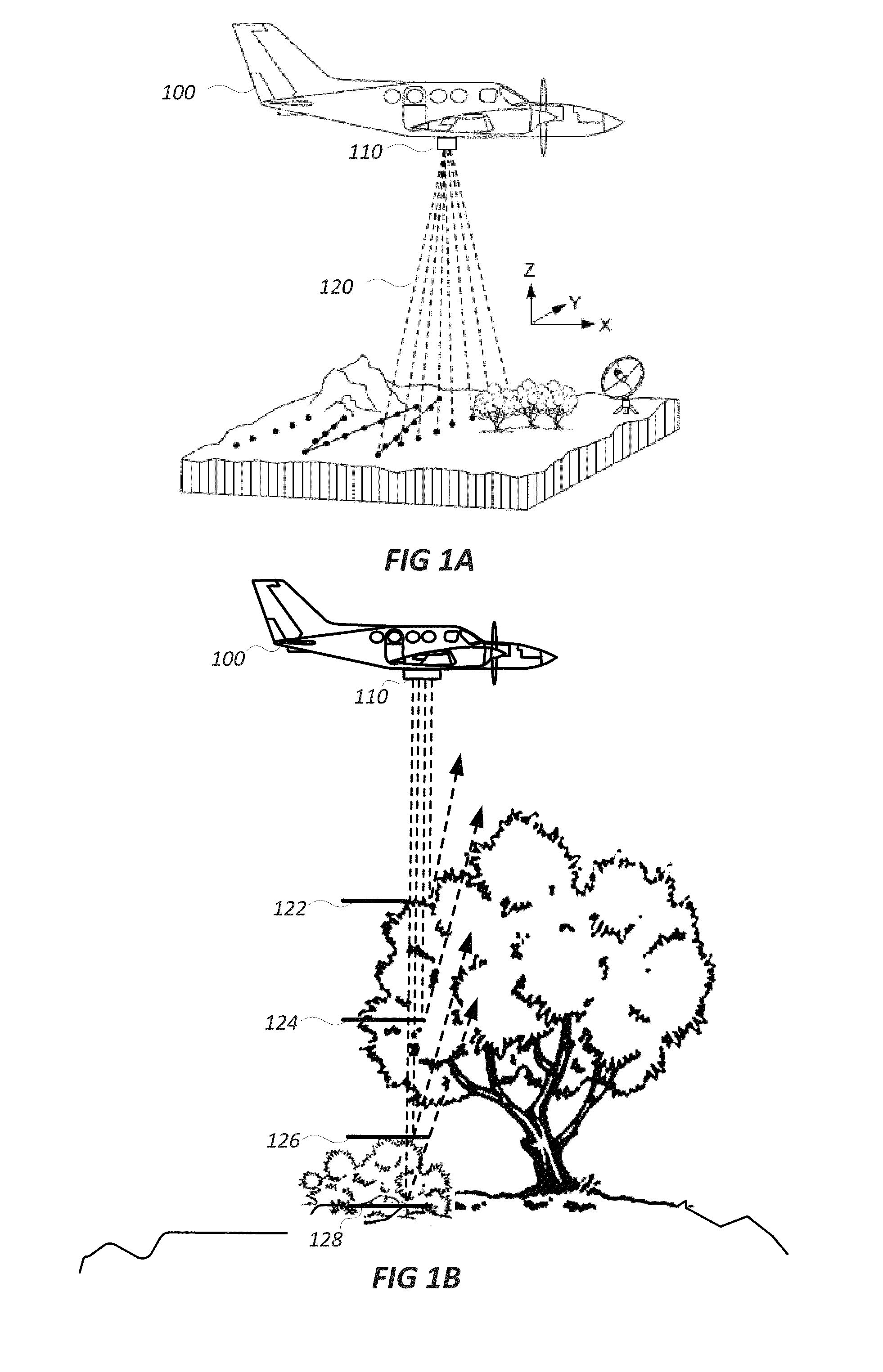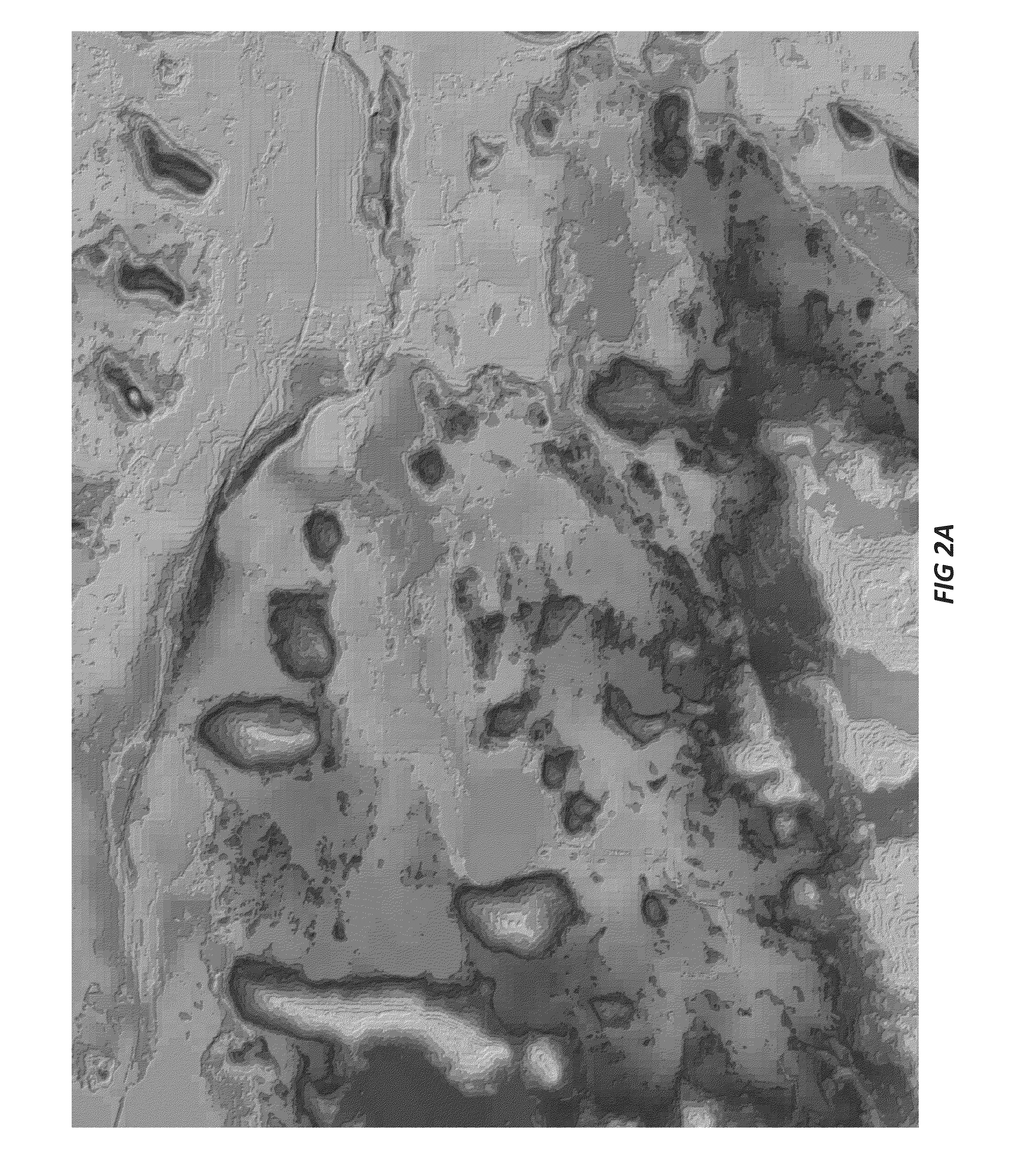Limited error raster compression
a raster and error technology, applied in the field of limited error raster compression, can solve the problems of large data files, ineffective conventional compression technologies (e.g., lzw), and insufficient resolution to map many above ground features
- Summary
- Abstract
- Description
- Claims
- Application Information
AI Technical Summary
Benefits of technology
Problems solved by technology
Method used
Image
Examples
Embodiment Construction
[0034]Embodiments of the invention can include a Limited Error Raster Compression (LERC) method that includes receiving pixel data for a raster comprising an array of three-dimensional point data where each pixel is associated with a data value. The method further includes receiving a user defined parameter defining a maximum error allowable for a compression algorithm. The raster can be divided into a number of pixel blocks where each pixel can be quantized and bit stuffed based on a number of block statistics including the maximum error allowable. The method further includes executing the compression algorithm wherein for each pixel, where an error caused by the compression algorithm is equal to or less than the maximum error allowable, and encoding the pixel data based on the compression algorithm.
[0035]In some instances, raster data with very large pixel depth (e.g., more than 8 bit per pixel) can comprise very large data files, which can be difficult to transfer or process in r...
PUM
 Login to View More
Login to View More Abstract
Description
Claims
Application Information
 Login to View More
Login to View More - R&D
- Intellectual Property
- Life Sciences
- Materials
- Tech Scout
- Unparalleled Data Quality
- Higher Quality Content
- 60% Fewer Hallucinations
Browse by: Latest US Patents, China's latest patents, Technical Efficacy Thesaurus, Application Domain, Technology Topic, Popular Technical Reports.
© 2025 PatSnap. All rights reserved.Legal|Privacy policy|Modern Slavery Act Transparency Statement|Sitemap|About US| Contact US: help@patsnap.com



